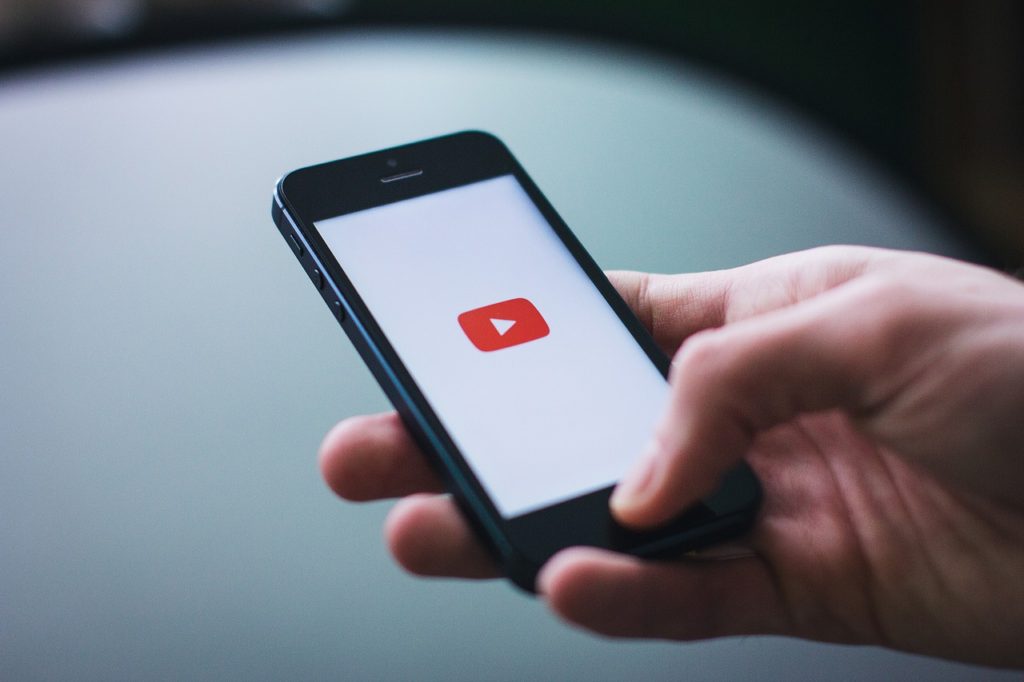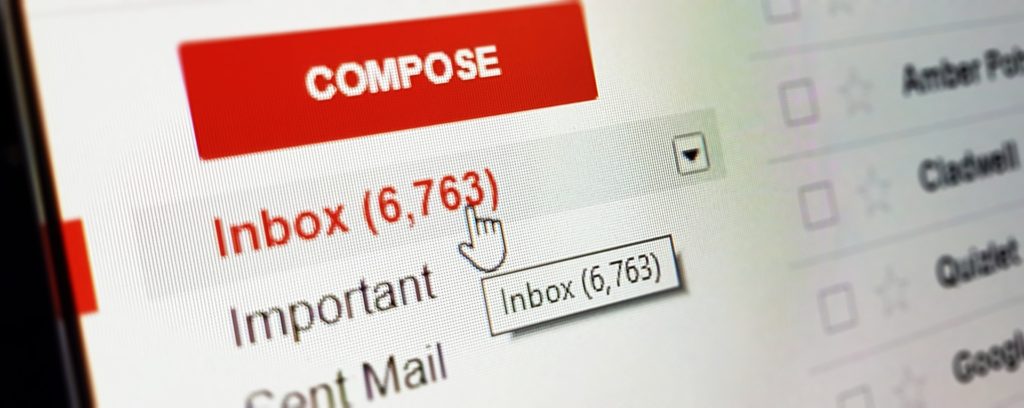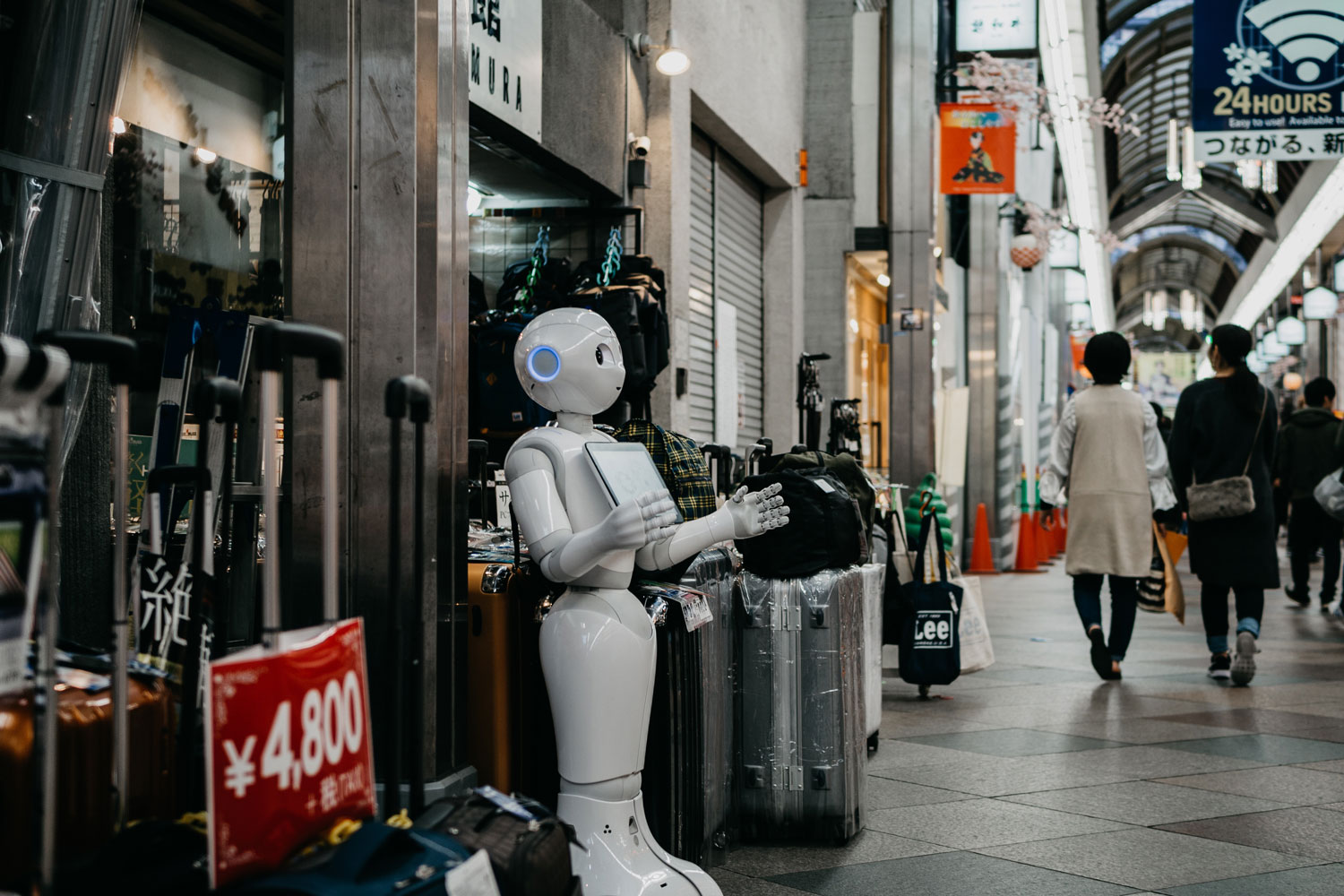When I read this for the first time I cringed. It sounded unnatural that YouTube, the world’s largest online video streaming company with over a billion users each month, was conceived as an online video dating site! So here’s some back story. In March 2016 at the SXSW festival, YouTube co-founder Steve Chen revealed the actual predicament surrounding the launch of their streaming service in 2005. He said…
“We always thought there was something with video there, but what would be the actual practical application? We thought dating would be the obvious choice.”
Source
From Video Dating To Video Sharing

YouTube was conceived in 2005 by Chad Hurley, Steve Chen, and Jawed Karim in 2005 while working for PayPal. The entrepreneurs initially found a market in matchmaking through video, even taking out ads on Craigslist in Las Vegas and Los Angeles in which they offered to pay women $20 to upload videos of themselves to the site. No one took the offer seriously. It didn’t matter to the founders, because by then, users had begun uploading all sorts of videos from dogs to their vacations and they began pondering over a fundamental question “why not let users define what YouTube is all about?” so they completely revamped their website, making it more open and general. By 2006, YouTube was already the fastest growing website on the Internet hosting more than 65,000 videos. Then on October 9, 2006, Google dropped a bomb by announcing they were acquiring YouTube for US$1.65 billion in stock. It was the second-largest acquisition for the search giant at the time.
Co-Design And User Innovation
Although it might seem like a case of ‘serendipity’ in the first instance with YouTube going from a video dating site to a video sharing one, here’s why I believe it was really a case of oversight. The founders formerly developed a vision to devise a product or service using online video streaming tech as a platform for matchmaking, but in that their vision of connecting with the users was grossly miscalculated because users just weren’t looking at video as a dating tool. Their initial concept could have been refined if they’d involved users in the conceptual stages of design iteration. The involvement of users early on provides the creators with an advantage at mobilising resources towards a focussed area of user’s concerns prior to the launch, although their open-mindedness did save them the day. As opposed to co-design or the user-centred model, it seems like YouTube followed a Linear Innovation Model consisting of research and development of product or service, which is then marketed and sent out to the users.
Speaking of which, co-design or the user innovation process is the act of designing concepts with the users (co-design is often referred to as participatory design by the design community) involving the intermediate users or direct consumers.
In other words, it’s not enough to involve engineers, designers, managers and other project owners into the creative process rather they need to be active co-designers in channelising energies into building actionable plans and implementing prototypes. That’s the way forward to meet some of the biggest challenges we face as humankind.
The innovation process comes with ambiguity and it’s often derailed due to several reasons, notwithstanding management oversight (like in the case of YouTube), misconceived notions about product utilization by end-users and last but not the least, being blinded by or trying to resolve the problems and challenges from a single spectrum thought process. In that, YouTube was created on the basic idea of connecting people through video streaming at cheaper rates but then it ultimately led to overlooking the users’ latent needs, a basic ingredient at shaping customers’ experience.
It’s quite likely, in a participatory design method, and by involving all the stakeholders of the soon-to-be-launching service the founders could have discovered to their surprise that instead of recorded videos users preferred to date using other discreet tools wherein their identities aren’t compromised or misjudged in the first impression. It’s dating after all. Lastly, the participatory design process should not be mistaken for crowdsourcing in which groups of interested parties contribute to the creation of ideas in an open forum, such as the Internet, in achieving a cumulative result. Imagine how different our world would be if end-users were involved as co-designers in every project, end-to-end, not just as research subjects but as an important aspect with any product or service design business. That’d be the true essence of any user-centred design methodology.


